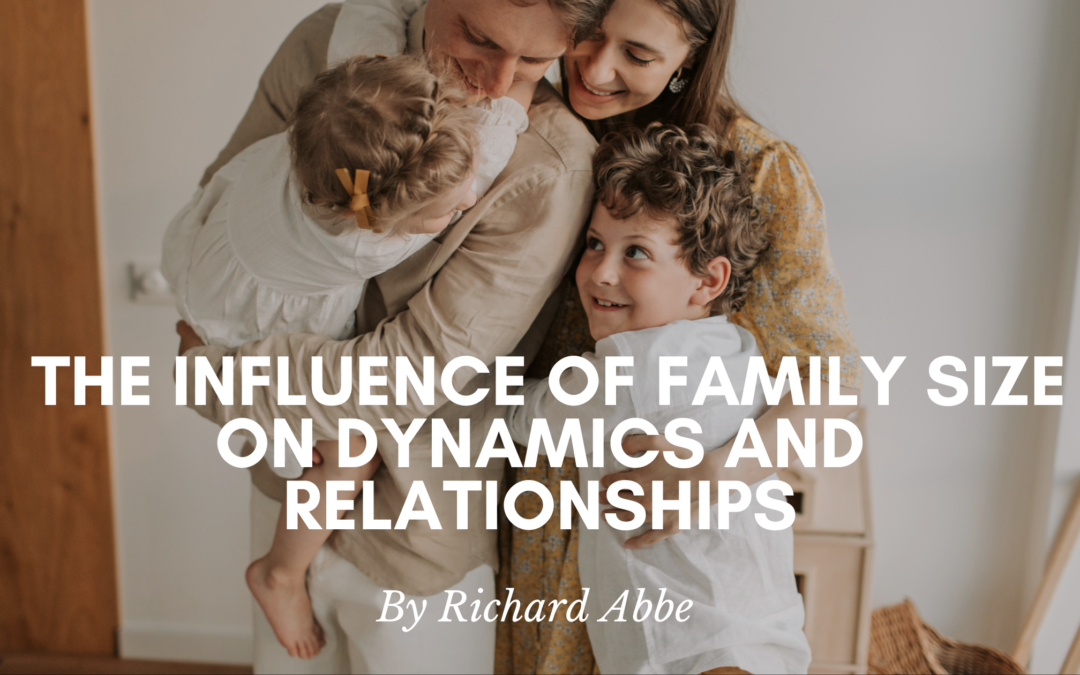The size of a family often serves as a foundational aspect that shapes its dynamics, relationships, and overall atmosphere. Whether large or small, every family size comes with its unique set of challenges and advantages. In this blog, we’ll explore how family size influences the dynamics and relationships within a household, shedding light on the diverse experiences that individuals and families navigate.
Size Matters: Defining the Family Structure
The size of a family, be it nuclear, extended, or somewhere in between, plays a crucial role in determining its structure. Smaller families may experience tighter-knit relationships, while larger families may have more intricate connections beyond immediate family members.
Individual Attention vs. Sibling Bonds
In smaller families, individuals often receive more one-on-one attention from parents. This can foster a strong sense of support and understanding. Conversely, larger families may emphasize the importance of sibling bonds as children navigate shared experiences, learn to compromise and build lasting connections with brothers and sisters.
Resource Allocation and Economic Factors
Family size often influences resource allocation and economic considerations. Smaller families may have more resources available per individual, providing opportunities for travel, education, and extracurricular activities. In contrast, larger families may need to budget and prioritize carefully, instilling values of frugality and shared responsibility.
Birth Order Dynamics
The order in which siblings are born, known as birth order, can significantly impact family dynamics. First-born children may assume leadership roles, while younger siblings might develop adaptive and collaborative skills. Understanding birth order dynamics can offer insights into how family members relate to one another and approach various aspects of life.
Parental Attention and Involvement
Family size directly influences parents’ attention and involvement with each child. In smaller families, parents may have more time for individualized attention. In comparison, larger families may require parents to balance their time and energy among multiple children, fostering independence and self-reliance.
Communication Styles
The number of family members can influence communication styles within the household. Smaller families may have more intimate and direct communication, while larger families might develop more diverse communication patterns to accommodate the needs and perspectives of multiple individuals.
Socialization and External Relationships
Family size plays a role in shaping socialization skills. Children from more prominent families often learn to navigate complex social dynamics early. In comparison, those in smaller families may develop strong interpersonal skills through closer relationships with parents and peers outside the family.
Cultural and Societal Influences
Cultural and societal norms can impact perceptions of family size. In some cultures, larger families are celebrated; smaller families are the norm in others. These external influences can shape individual and familial identities, impacting how family members perceive their roles and relationships.
Support Systems and Resilience
The size of a family contributes to the development of support systems and resilience. Smaller families may foster a strong support network, while larger families often rely on shared responsibilities and a collective sense of resilience to navigate life’s challenges.
Balancing Individuality and Collective Identity
Ultimately, family size influences the delicate balance between individuality and collective identity. Smaller families may prioritize individual achievements and goals, while larger families often emphasize the importance of contributing to the collective well-being and success.
The influence of family size on dynamics and relationships is a multifaceted and dynamic aspect of family life. Whether large or small, each family size brings its own set of joys, challenges, and unique experiences. By understanding and embracing the dynamics shaped by family size, individuals and families can navigate their journey with greater insight, empathy, and appreciation for how families are formed and thrive.

